A New Offensive:
The Colombian government announced a new offensive against narco groups, which includes the Revolutionary Armed Forces of Colombia (FARC) alongside the National Liberation Army (ELN), on Thursday.
The announcement, which was posted on X, came from Iván Velásquez Gómez, the Minister of Defense for Colombia, who declared the offensive was in order to execute a total of 481 arrest warrants for those suspected of committing homicides of a number of public figures, which included “former FARC members, human rights defenders, and social leaders.”
El ministro @Ivan_Velasquez_ junto a Cúpula Militar y de Policía anuncia la puesta en marcha de la ‘Operación Themis’, una iniciativa conjunta y coordinada de @FuerzasMilCol, @PoliciaColombia y @FiscaliaCol para capturar a 481 responsables de homicidios contra líderes sociales,… pic.twitter.com/sdUPpD2s46
— Mindefensa (@mindefensa) March 14, 2024
The operation, dubbed “Operation Themis,” focuses on targeting both those with arrest warrants related to the killings as well as high-ranking members of the previously mentioned criminal organizations active within Colombia.
Many of those who have been targeted by the Colombian government previously had their warrants frozen due to the ongoing peace talks between their respective organizations and the government.
Among those targeted are key leaders of both the FARC and the ELN, with figures such as Néstor Gregorio Vera, also known as Iván Mordisco, who acts as the commander of the Estado Mayor Central faction of the FARC. Others include Iván “Marlon” Idrobo Arredondo of the FARC and Velosa García, also known as John Mechas, of the ELN, both of whom are believed to be hiding out in Venezuela, where the ELN is highly active.
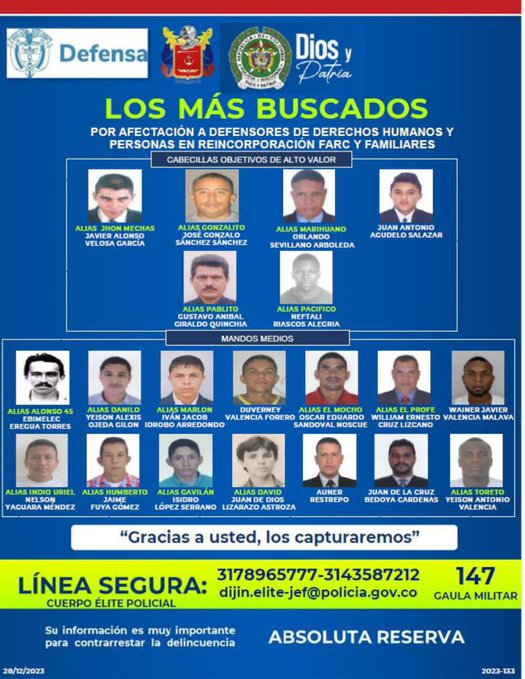
This operation comes after the murder of five signatories to the Havana Peace Accord, an agreement signed in 2016 between members of the FARC and the Colombian government under the presidency of Juan Manuel Santos, who held office from 2010 to 2018. The Colombian government documented 62 murders of signatories to the accord and 271 murders of human rights defenders, 187 of whom were killed in 2023, since the election of Gustavo Petro in 2022.
Operation Themis comes a month after the Colombian government relaunched “Operation Agamemnon,” an offensive that solely targeted Clan del Golfo, a narco-terrorist organization formed from the ashes of the AUC.
Analysis:
The killings of FARC members who laid down their weapons and were in the process of transitioning to civilian life are surely revenge for their surrender by those who refused the government’s peace deal. This, along with the killing of social leaders, has generated a great deal of tension between Colombian civilians and the government, as thousands have called for action from the government in order to bring order to rural Colombia.
While the operation may be effective in arresting those responsible for the killings, long-term effects on the FARC are unlikely unless authorities arrest Iván Mordisco, which would severely cripple the FARC and most likely lead to a power struggle within the organization.
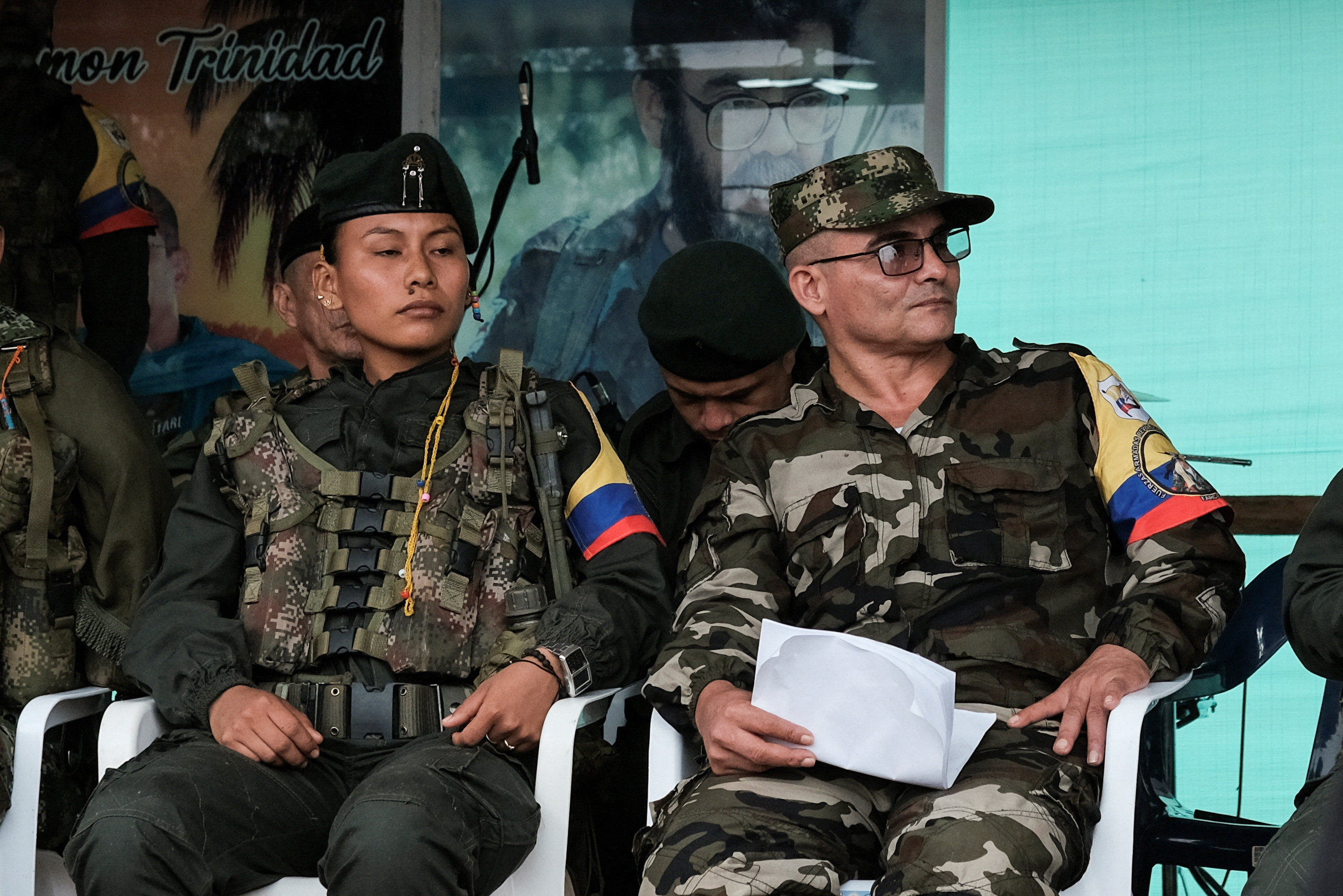
This operation may have a pacifying effect on the Colombian people, who have launched protests against President Petro’s government, claiming his plans to bring “total peace” to the country have led to the murder of rural Colombians due to the lack of crackdowns on organizations such as the FARC and ELN.
President Petro’s plans to bring “total peace” to Colombia include arranging long-term ceasefires with armed groups such as the FARC and ELN in hopes of arranging for the group’s eventual disarmament to bring an end to the 60-year conflict, which has led to the deaths of an estimated 450,000 people.
The Groups Behind the Struggle:
FARC-EMC:
The FARC, otherwise known as the Revolutionary Armed Forces of Colombia, were originally leftist guerillas dedicated to bringing class revolution to Colombia during a period in the nation’s history known as “La Violencia,” otherwise known as the Violence. This period followed the assassination of the Liberal Party’s leader and presidential frontrunner, Jorge Eliécer Gaitán, in 1948, an assassination that would throw Colombia into chaos.
After his death, leftists in Bogota began what is known as the Bogotazo, a massive riot that quickly expanded across Colombia, leading to La Violencia. A number of right-wing paramilitary organizations and leftist guerilla groups would be formed during this period of Colombian history.
One of the most well-known was the Revolutionary Armed Forces of Colombia, or FARC. The group would find its formation after a failed attack in 1964 by the Colombian military on what was known as a self-defense community, one of a number of communist-held areas in rural Colombia. Despite the communists only having 48 active fighters opposed to the 16,000 Colombian soldiers, the group would survive the attack and escape to the nearby mountains where the FARC would be formed.
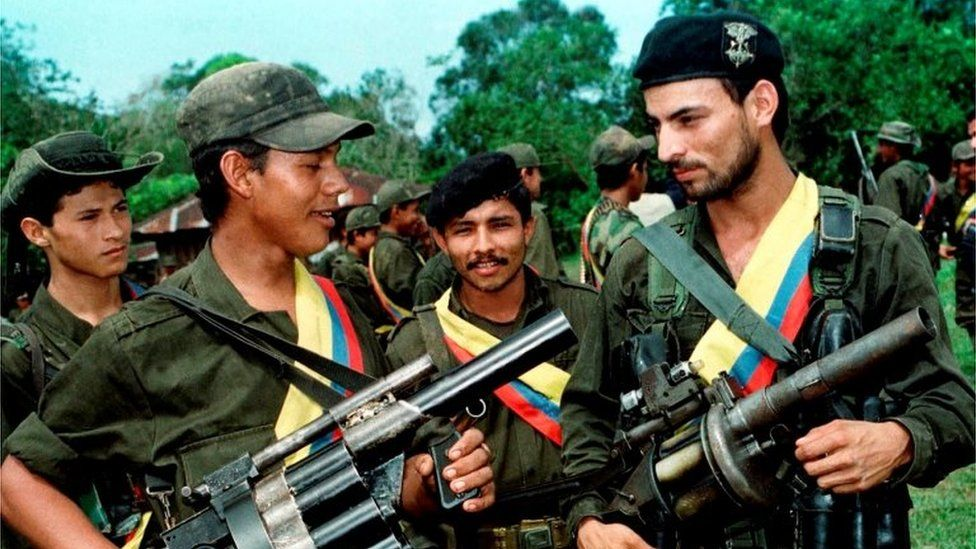
Since then, the FARC has operated as rebels, launching guerilla attacks on military convoys and strategic targets. Despite originally being made up of only 48 fighters, the group’s ranks would swell to the hundreds in later years. For much of its early history, the FARC would be limited to small-scale guerrilla encounters with government forces, but after what has been coined the “Coca Boom,” a period in which the production of cocaine skyrocketed, the group found itself with more funds to allocate to their operations.
The FARC would expand their operations into urban Colombia following the Seventh Guerilla Conference in 1982, largely due to their increase in funds. The group would also begin to send promising troops to the USSR and Communist Vietnam for advanced training.
The FARC would eventually agree to a momentous ceasefire with the government in 2016, which would see the bulk of the FARC disarmed and disbanded. Despite the ceasefire, however, a number of members of the FARC continued their operations against the government and the people of Colombia. This group would be known as the Estado Mayor Central, or EMC for short.
ELN:
The National Liberation Army, or ELN for short, was founded in 1964 by a group of Colombian communist rebels who were formally trained in Cuba. The group would later be led by Catholic priests who practiced Liberation Theology, a belief system focused on addressing wealth inequality within Catholic teaching and through priests. A number of similar theological methods would also be adopted by Catholic priests in nations spanning from the United States to South Africa and even South Korea.
The key difference between the ELN and the FARC is the background of the members. While the FARC was composed largely of rural peasants and farmers, the ELN comprised a number of leftist students and academics who sought to change life within the urban centers of Colombia.
The ELN would finance their operations through the taxation of the drug trade, extorting Colombian civilians, ransoming individuals of various stature, and arranging payments from various corporations in exchange for not attacking their operations.
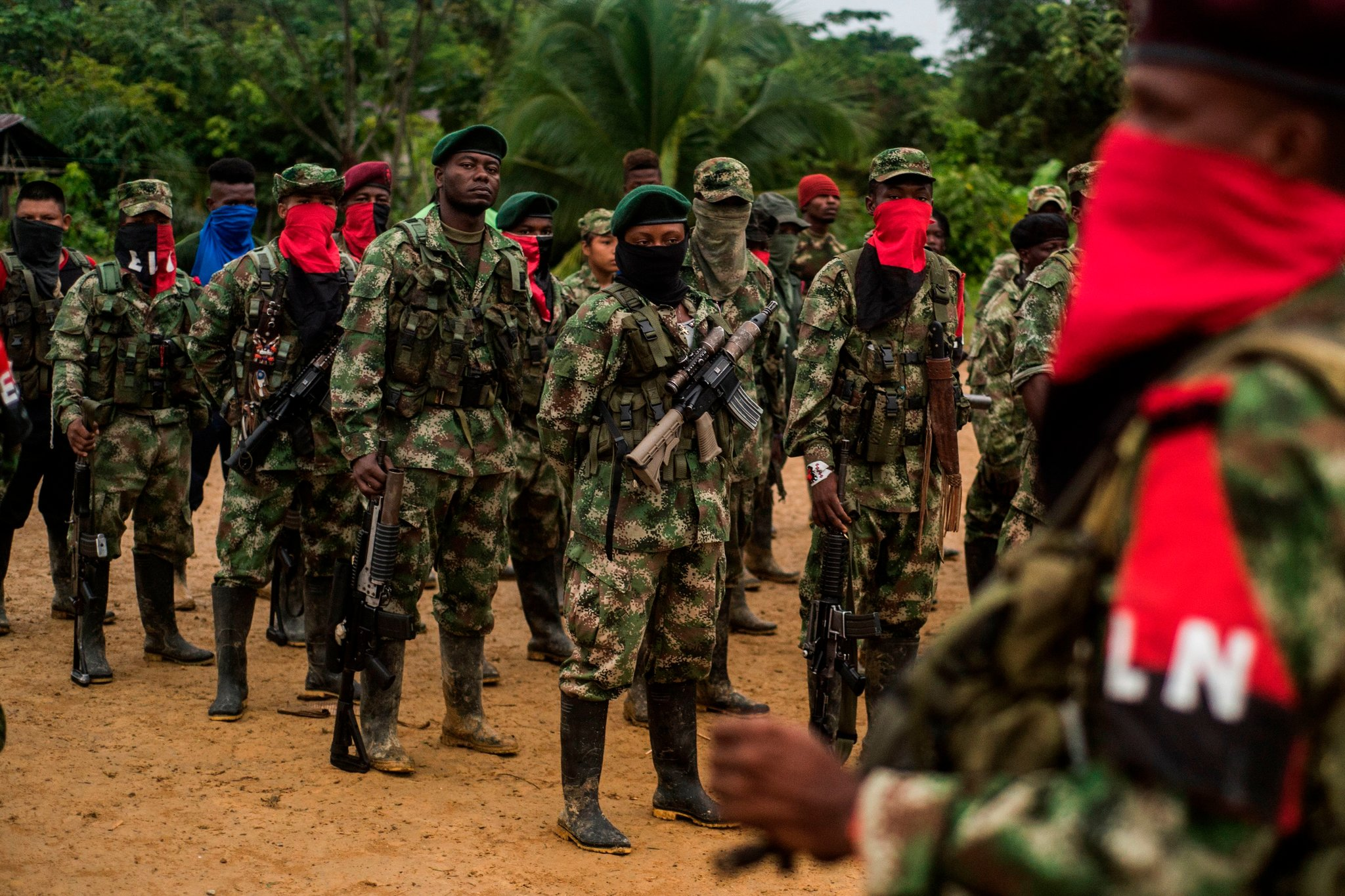
The first real peace talks with the ELN would begin in 2002, when the Colombian government would approach the group and eventually agree to meet in Mexico to conduct peace negotiations. The discussions would be moved to Cuba following a falling out between the ELN and the Mexican government before negotiations would eventually fall apart in 2007 due to disagreements regarding the conditions of the agreement.
The ELN would also historically operate in Venezuela for decades; these operations only increased following the disarmament and disbanding of the Revolutionary Armed Forces of Colombia (FARC) in 2016. Following the FARC’s disbandment, the ELN and another criminal group, Clan del Golfo, quickly began to occupy the newly vacant territory, leading to a number of clashes between these groups and government forces.
Talks would eventually be restored, but with no permanent ceasefire; however, a number of ceasefires would be negotiated throughout the years until 2022, when Gustavo Petro was elected President of Colombia.
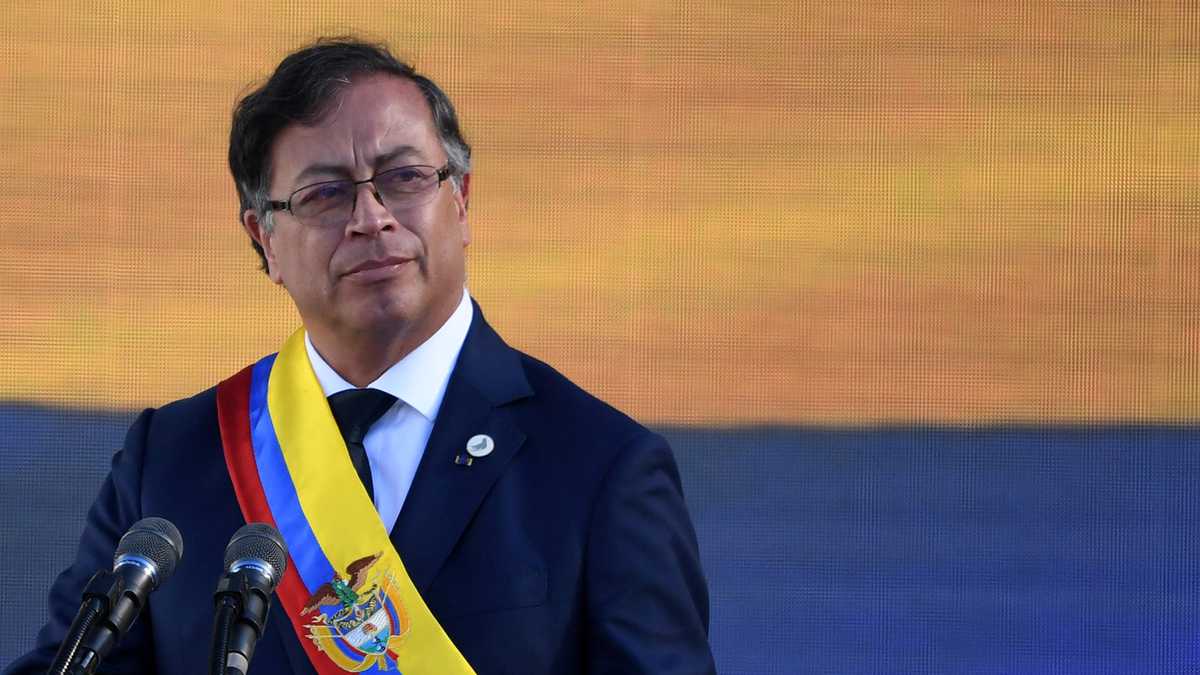
Petro, a leftist, managed to arrange a long-term ceasefire with the ELN following his election win in 2022. This ceasefire would go on to be renewed throughout Petro’s presidency.


